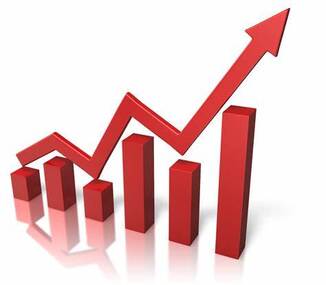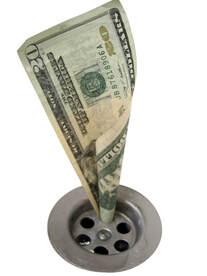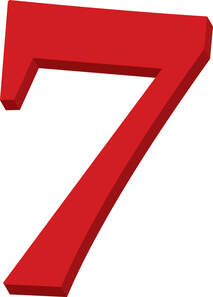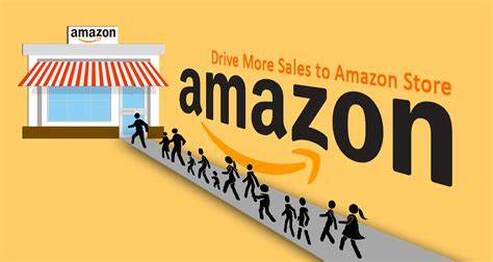|
Disclaimer: This blog talks a lot about Amazon, but we are not connected to them in any way other than that we use their platform sell our books. We are definitely not being paid to mention their name and nor are we recommending their services. We are just recounting our experiences in the hope of passing on some of the knowledge we have gained. Here at Selfishgenie Publishing we know that it pays for small publishers and Indie authors to advertise. Not only do we know this, but we have the data to support our arguments. What we have also found, however, is that we can’t rely on some of the data that is provided to tell us if our advertisements are paying for themselves. Over the past 6 months we have been experimenting with our advertising tactics to see which give us the best results. Recently we have been focused on Amazon as the advertising platform of choice. But the first thing we noticed was that the metrics (measurements) provided by Amazon on their platform weren’t matching up with our actual sales.  According to the report for one campaign, we sold x number of books, but according to our actual sales data we had sold yx copies, which was a considerably larger number (sorry to be so vague with the numbers, but that data is privileged information). This is an important difference, because had we believed Amazon’s numbers, we would have concluded that our advertising budget had been wasted. That is because of the ACOS. For those of you unfamiliar with ACOS, it is a calculation that Amazon does to compare the cost of the advert with the income Amazon believes the advert generated It means “advertising cost of sales”. Based on their figures, our ACOS was 198% of what we would get back in royalties as a result of placing the advert. In other words, if we had spent £2 on advertising we would only be getting back about £1 in royalties.  .And that does make it look like we had wasted our money. However, a quick click over to the various websites where we sell our books revealed that we had sold far more books than Amazon knew about – and that included sales through Amazon itself (BTW, when we say “sales” we also include Kindle Unlimited pages read. They account for about two thirds of our total revenue). When we divided the ACOS by the revenue that was actually generated, we got a far lower number, which demonstrated that our advertising campaign was justified in terms of its cost. In fact, for every £1 we spent we got over £5 back. Even after splitting that 50:50 with the author, everyone was making money. OK, Amazon doesn’t know how many books we have sold through other websites and we don’t know how many people have seen our books promoted on Amazon and then gone elsewhere to actually buy them. “Ah,” you might say, “so how do you know those sales were the result of your advertisement?” A fair question. So, why the discrepancy in data? The answer is that we know because the sales were for the same books as we had advertised, or they are part of the same series and there had been a sharp “up tick” in sales coincidental to the dates when the advertising campaign had been run. So, why the discrepancy in data? The first reason is that Amazon does its calculations based on “impressions” and “clicks”. First of all, Amazon Ads measures how many customers had the advertisement placed in front of them (the basis of their charging), either as a result of a search or as a “recommendation”. Then they measure how many of those customers clicked on the link in the advert to take a closer look at the book, and then they count the number of clicks that were made to actually buy (or download) the book. The first number was very high, the second number was lower and the final number was, unsurprisingly, lower still. But what Amazon doesn’t take into account is the psychological effect of the advertising process.  Oh, here we go, he’s wandering off into some metaphysical introspection now. No – I’m not. Please bear with me. Firstly, there is an old adage in advertising that says people have to see an advertisement 7 times before they respond to it. As with all such rules, it is a generalisation. Some people will respond the first time they see an advert, because they have a need for the product and now they now know how they can satisfy that need. Some people, on the other hand, may never respond because they have no need for that product, or because they are very happy with a similar product supplied by a competitor.  But this generalisation around ad campaigns is important, because the author has to to allow time for those 7 exposures to the ad to take place. In all our ads we have noticed that response was lowest at the beginning of the campaign and then increased as time went on, usually from around day 4, until it reached a plateau. We also noticed that sales were highest at the weekend (including Friday evenings), which suggests people buy more books then. So, it seems to be a good idea to time the ad so some of the exposures occur towards the end of the week, for maximum impact. A second reason is that the advert is for a product the reader may have already purchased, but the target is reminded that the same supplier has other products and they go and look at those instead. Eg they see an advert for Heinz tomato ketchup, they already have enough ketchup, but it reminds them they need Heinz baked beans and they go and buy those instead. We know absolutely this was what was happening with our books. We were making sales of titles other than those we were advertising. People had already bought Book 1 in our Carter’s Commando series, the book we were advertising, but they were reminded of the author’s name and went looking for other work by him and bought those books instead. The final part of the conundrum is that sales continued after the advertising campaign had ended. Why was that?  Partly the same as the reason above, the readers went and looked for other titles by the same author after having bought the one we advertised. But part of it was that either the author’s name or the book’s title had been subconsciously planted in the reader’s memory, so that when they saw it pop up in search results later in the month (which we hadn’t paid for) they responded and bought the book. So, what did we learn by running these recent advertising campaigns:
Here endeth the lesson, Go in peace to enjoy the rest of your day. But if you are struggling to make sales, you may need to think about paying for some advertising. We know it costs money, but if your book sells, it will be a worthwhile investment. And if your book still doesn’t sell, you have to ask yourself why readers aren’t responding to it. But that is a whole different blog. If you have enjoyed this blog or found it informative (Hopefully both), be sure not to miss future editions by signing up for our newsletter. We'll even send you a FREE ebook for doing so. Just click the button below.
0 Comments
Leave a Reply. |
AuthorThis blog is compiled and curated by the Selfishgenie publishing team. Archives
March 2025
|

 RSS Feed
RSS Feed